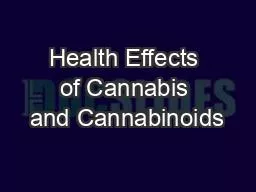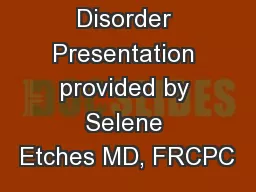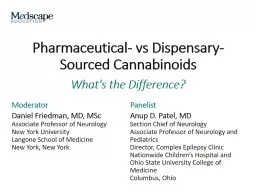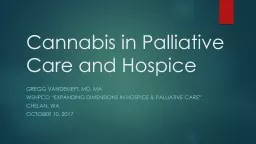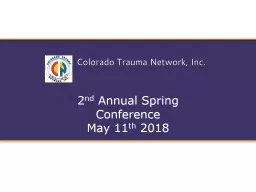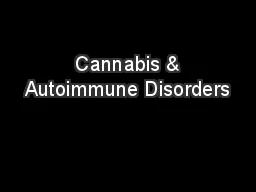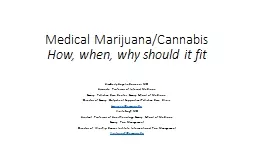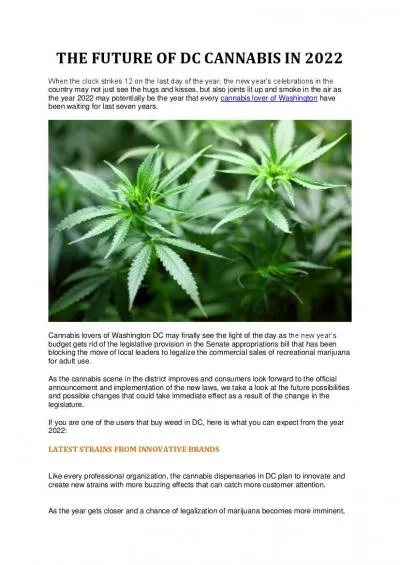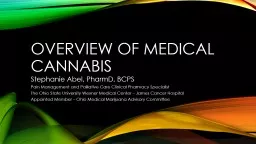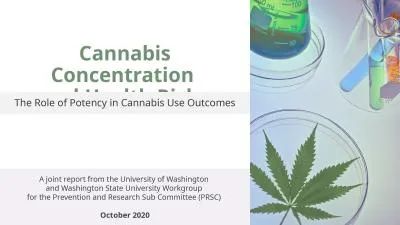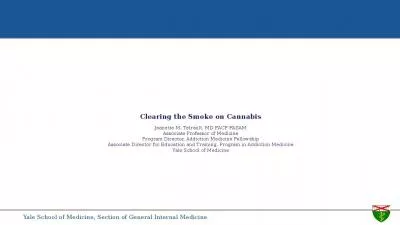PPT-Health Effects of Cannabis and Cannabinoids
Author : mentegor | Published Date : 2020-08-28
Current State of Evidence and Recommendations for Research This report is available to download as a free pdf N ationalacademiesorg CannabisHealthEffects Outline
Presentation Embed Code
Download Presentation
Download Presentation The PPT/PDF document "Health Effects of Cannabis and Cannabino..." is the property of its rightful owner. Permission is granted to download and print the materials on this website for personal, non-commercial use only, and to display it on your personal computer provided you do not modify the materials and that you retain all copyright notices contained in the materials. By downloading content from our website, you accept the terms of this agreement.
Health Effects of Cannabis and Cannabinoids: Transcript
Download Rules Of Document
"Health Effects of Cannabis and Cannabinoids"The content belongs to its owner. You may download and print it for personal use, without modification, and keep all copyright notices. By downloading, you agree to these terms.
Related Documents

